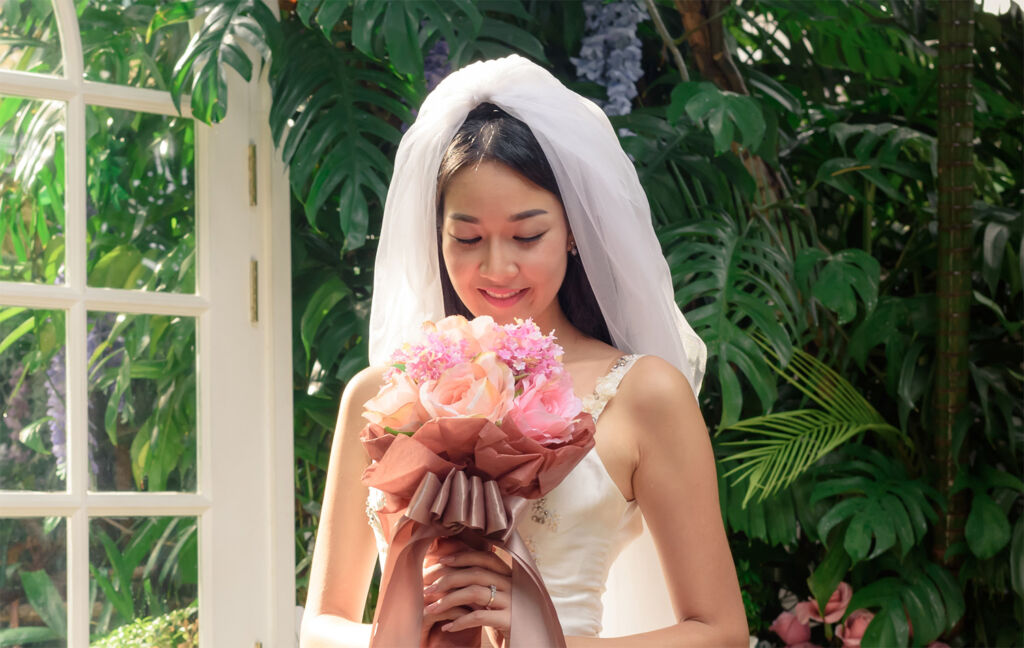
With lockdown restrictions starting to ease and wedding receptions for up to 30 people now allowed, many couples will be planning for the big day. One of the must-have’s at any wedding is flowers. In this article, our friends at J Parker’s tell us the straightforward ways to grow your very own bouquets and arrangements.
The wedding-focused website, TheKnot.com, has revealed that one of the biggest wedding trends in 2021 is the increased focus on florals. Many couples are now falling in love with the idea of a nature-themed wedding, open venues and getting a bit hands-on as far as their wedding deco is concerned.
Shannen Godwin, a spokesperson for J Parker’s, one of the leading plant and bulb companies in the UK, says, “Natural arrangements can have a direct correlation to the theme of the wedding, but also display more thoughtfulness when it comes to their selection and the craft of the bouquet.
Instead of focusing on the trends, bear in mind the seasonality and the sentimentality behind choosing and growing your wedding flowers. These are subtle yet romantic personal touches that make such an important event feel less orchestrated. In the end, the beauty of the wedding flowers lies in the work done to nurture them.”
Let’s take a look at which flowers you should consider based on some popular themes and how you can extend the bouquet to other areas of the wedding, not just the bride.
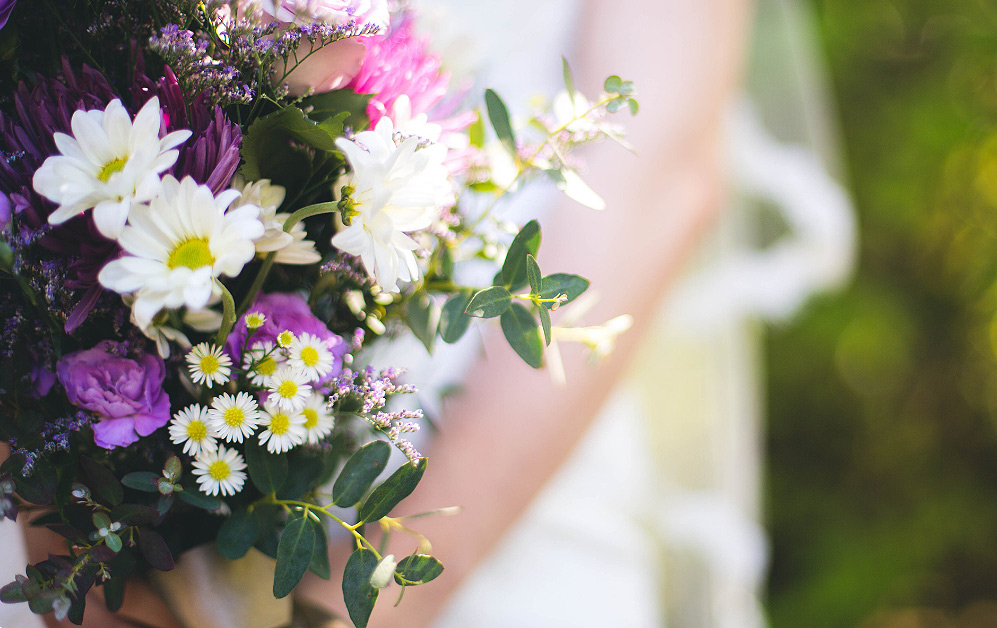
Most popular wedding flower bouquets
Annual flowers are the most common choice for a wedding flower bouquet. These flowers bloom yearly, albeit at different times. This means that if you want to have something for your bouquet on your wedding day, you need to plant a variety of flowers in your yard.
The kind of flowers you’ll plant will depend on the wedding theme you’re going for, plus the colour.
For instance, if you want a vintage wedding, marigolds are among the best choices for your wedding flower bouquet. Marigolds can be quickly grown in pots if you don’t have a yard. Plus, marigolds are very hardy. They can withstand hot weather and lots of sunshine.
On the other hand, a romantic wedding is best celebrated with a bouquet of anemones. The intricate, dark sepals mixed with the delicate petals give a dramatic touch to the wedding arrangement. The best part is that anemones bloom throughout most months of the year.
Other popular wedding flower bouquets are apple blossoms or peonies for a spring wedding, orchids or freesia for a summer wedding, calla lilies or roses for a summer wedding, and jasmines or gardenias for a winter wedding.
How to grow your bouquet
Take note of the type
You’ll need to be careful when and how you plant your wedding flowers. Firstly, wedding flowers for your wedding bouquet are annual flowers. Perennial flowers are rarely used because they need three years to develop strong stems. If you have to use a perennial flower, then have it for the boutonniere.
The steps to take
First, you need to identify the kind of flowers you’ll want for your wedding day. Don’t make this decision based on the theme alone. Depending on the season your wedding will be hosted, a certain group of flowers will be available.
The next step is to purchase the seeds for the flowers you’ve picked, then plant them in your garden.
It would be best if you ideally began indoors with small pots where you’ll plant the seeds until they germinate. Afterwards, you can take them outdoors to a sunny spot. Make sure this spot also doesn’t get excess water and is free of weeds.

When to cut your flowers
Once the plants begin flowering, you need to regularly chop off dead flower heads to promote the flowering process. Do this until you’re ready to harvest your flowers for your wedding. This should be a day before your wedding.
For harvesting, you’ll need a sharp pair of scissors and a clean bucket. Cut the stems at a 45-degree angle and remove any stray leaves before placing the flowers in the bucket.
What you’ll need for your bouquet
A wedding bouquet takes a lot of flowers. So, make sure you planted and harvested plenty. Once you have your harvested flowers in the bucket, look for a vase or base on which you’ll arrange your bouquet.
Go for a variety of shapes and textures when mixing your flowers. This allows you to create a balance between something visually stunning and simple.
For your base, fill it with a chicken wire foundation on the inside. The wire will keep the flowers in place as you fiddle to find the perfect design for the bouquet.
How to keep the bouquet fresh on the wedding day
Florists use coolers to keep their wedding flowers looking fresh. However, using long-lasting flowers can help keep the flowers looking dashing during the big day for your DIY arrangement. Please note that white cut flowers brown quickly once exposed to air, so it is best to make sure they get a balanced exposure time during the wedding.
In general, you should keep the cut flowers away from sunlight, use a water spray bottle to keep the flowers moist throughout the day and make sure the bouquet is kept away from food, other plants, or ripening fruits.
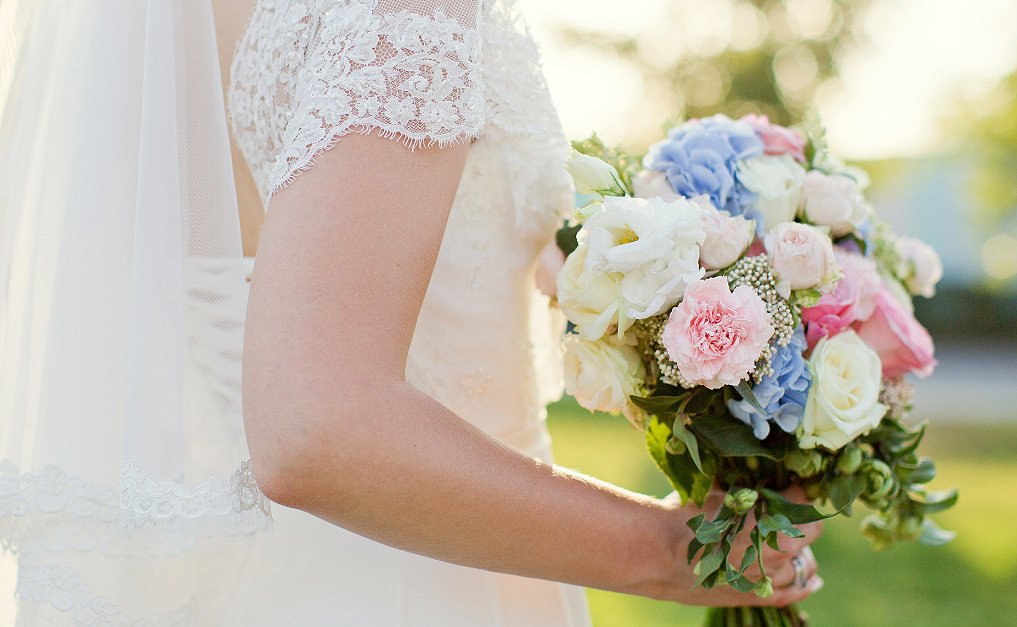
Some other areas the flower bouquet can come in handy
The wedding flower bouquet is traditionally for the bride. But that shouldn’t be the only bouquet at your wedding.
The wedding flower bouquet can be used by the bridesmaids as well. It can be different from the one the bride will carry, albeit complementary to the dressing of the bridesmaids and the wedding theme. The groom will also usually wear a flower from the bride’s bouquet on the lapel of his suit jacket.
The tables can also use a touch of flower bouquets. You can use large vases to set the flower bouquets on the tables. Make sure the vases match the theme of the wedding as well and do not steal visual attention from the other critical details of the table.
By letting your vows blossom, you will not just feel involved with the planning of your wedding décor; you’ll also love the relish of watching it grow.
For more information on J Parker’s and to see their huge range of plants and bulbs, visit www.jparkers.co.uk.
![]()

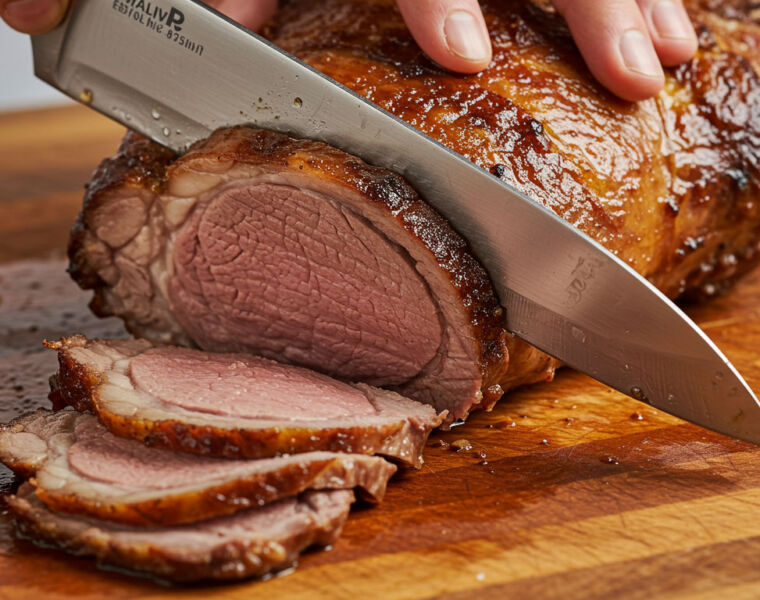
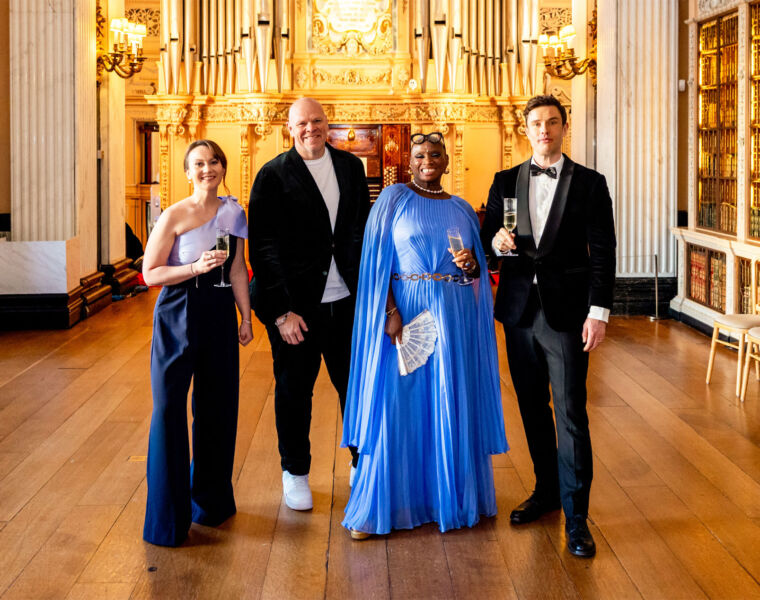
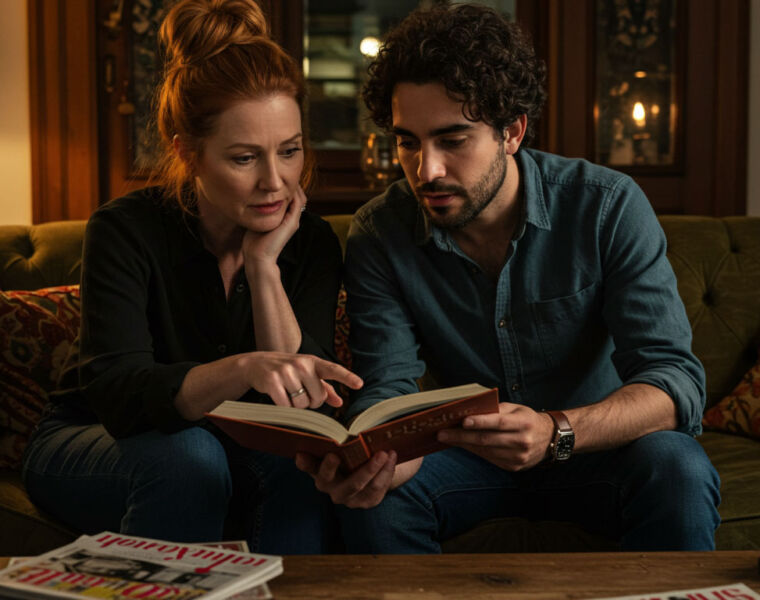
You must be logged in to post a comment.